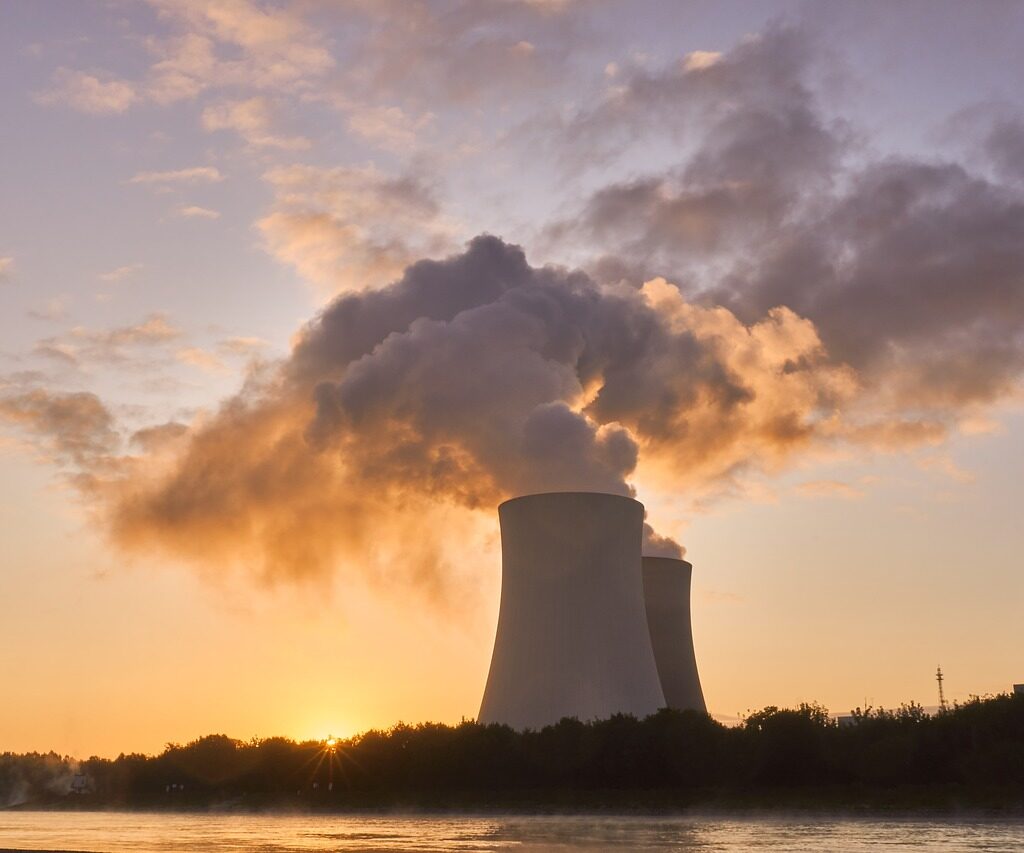Russia’s state nuclear corporation, Rosatom, has officially begun development of the Shirondukuyskoye uranium deposit in Eastern Siberia, situated near the city of Krasnokamensk — commonly known as Russia’s “uranium capital” — close to the borders of China and Mongolia. The project is expected to yield its first uranium by 2028, according to the company’s mining division.
Significant Mineral Reserves and Regional Impact
Shirondukuyskoye is estimated to contain around 8,000 metric tons of uranium and 40,000 metric tons of molybdenum, two valuable resources in the global nuclear industry. Rosatom has described the project as “an important stage in the development of Russia’s uranium mining industry,” emphasizing that its mineral base is expected to support planned production volumes and contribute to sustained economic growth in Krasnokamensk.
Bolstering Domestic Uranium Production
As the world’s sixth-largest uranium producer, Russia still depends on imports—especially from Kazakhstan—to meet its domestic needs. Rosatom has set a goal of increasing national uranium output from roughly 2,796 metric tons in 2024 to 4,000 metric tons by 2030. Shirondukuyskoye, along with nearby deposits Argunskoye and Zherlovoye, is expected to add an additional 2,000 metric tons of production annually once fully operational.
📯🇷🇺Russia's #Rosatom develops a major #uranium deposit in Eastern Siberia, close to the border with🇨🇳China &🇲🇳Mongolia, named Shirondukuyskoye.
☢️By 2028, the mine should produce the first volumes of uranium, strengthening Moscow's role in the #nuclear supply chain
🧵 https://t.co/7DHWPAVHof pic.twitter.com/KyOwqvNSVb— Francesco Sassi (@Frank_Stones) August 11, 2025
Nuclear Power Strategy and Energy Mix Goals
Rosatom’s expansion aligns with Russia’s broader strategy to raise nuclear power’s contribution from its current level of around 20% of national electricity generation to 25% by 2045. The company underlines the importance of nuclear energy for energy security—a priority echoed in earlier social media commentary. Notably, one recent post highlighted how Shirondukuyskoye and neighboring deposits will play a central role in Rosatom’s upstream investments for the remainder of the decade, contributing to a 40% boost in domestic uranium availability by 2030.
Geopolitical and Commercial Dimensions
The project underscores Russia’s continued push to solidify its position in the global nuclear supply chain. Beyond energy security, increasing domestic uranium extraction enhances export potential, reduces import reliance, and may offer political capital in international nuclear diplomacy markets.
Russia's Rosatom starts development of uranium deposit in eastern Siberia https://t.co/3Xml5LNkdJ
— Reuters Energy and Commodities (@ReutersCommods) August 8, 2025
In a related development, Washington recently lifted sanctions on certain Russian financial institutions involved in civilian nuclear projects, allowing Rosatom to continue work on Hungary’s Paks II reactors—further reflecting the complex interplay of diplomacy, commerce, and energy geopolitics.
Looking Ahead
Expected to begin producing uranium by 2028, the Shirondukuyskoye development marks a pivotal shift in Rosatom’s upstream investment strategy. As the company advances towards its 2030 production targets, the project could reshape Russia’s nuclear energy autonomy and influence the evolution of global uranium markets.

